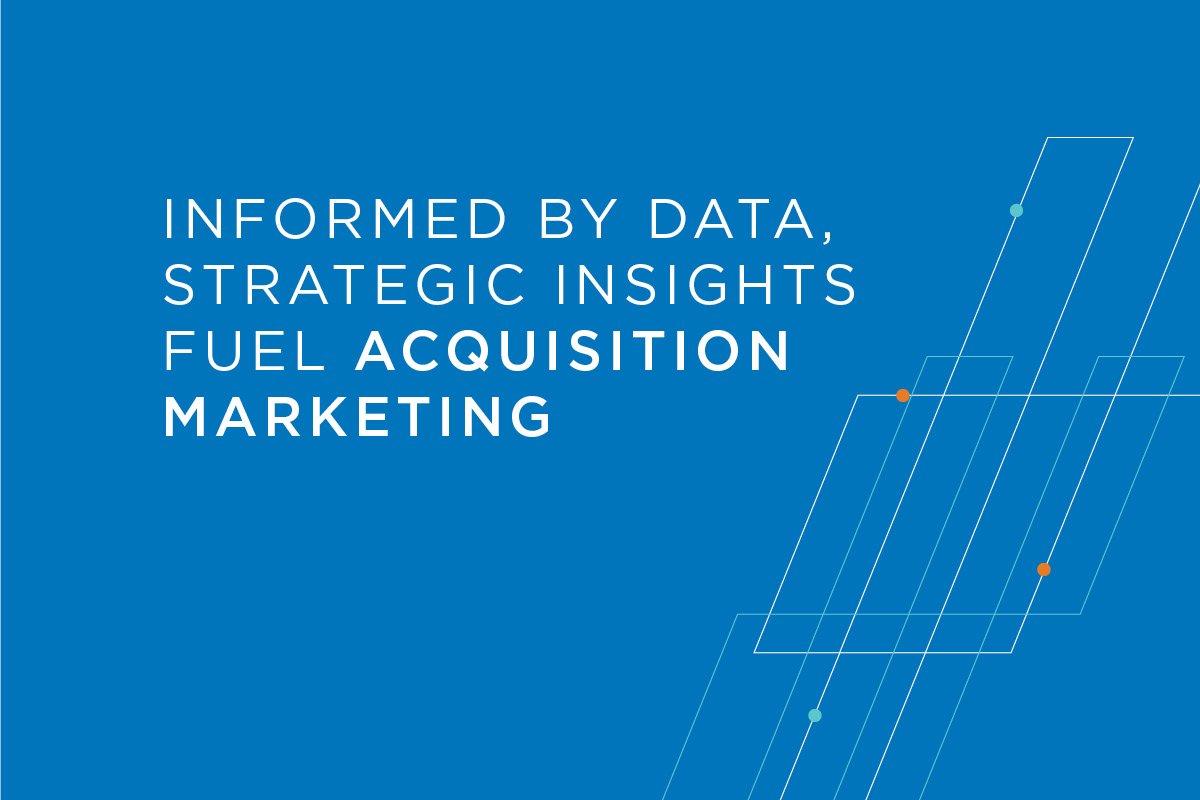In today’s data-driven economy, understanding and managing consumer data has become a critical aspect of successful marketing strategies.
With the elimination of third-party cookie tracking, financial services marketers are increasingly relying on their first-party customer data to gain insights into consumer behavior, preferences and needs, and to develop targeted campaigns that maximize acquisition and retention.
However, while first-party data provides a wealth of information about existing customers, it doesn’t capture the broader view of the market or potential customers who have not yet interacted with an institution or brand.
The sheer volume and complexity of consumer data can be overwhelming, and effectively managing and utilizing it requires collaboration. By harnessing the power of first- and third-party consumer data and leveraging two-party collaborative approaches, marketers can achieve greater engagement and conversion rates, while also building stronger relationships with their customers.
Power Personalized Financial Services Acquisition With 6 Types of Data
To address a campaign’s goals and objectives, it’s important to collect the most relevant and valuable data. There are six kinds of data that can be useful for creating a targeted, personalized marketing campaign for financial services acquisition.
- Consumer behavioral data – Actions, preferences, and decision-making processes provide insights needed to develop effective strategies and positive customer experiences.
- Digital marketing insights – Tools and techniques to understand how consumers interact with digital marketing channels, such as social, email and websites.
- Loan and deposit activity – Critical for identifying opportunities, developing relevant messaging, and optimizing product offerings
- Credit data – Essential for identifying potential customers, assessing risk, and understanding individual customer needs
- Loan application data – Crucial component for understanding customer behavior, assessing needs and tailoring messaging accordingly
- Competitive data – Understand your position in the market, and obtain valuable insights into trends, positioning and marketing tactics.
Why Intelligent Marketing Spend Is Essential and Expected
Marketers are under increasing pressure to deliver measurable results in a highly competitive and changing environment. The enormous amounts of data produced every day by consumers’ interactions with various channels and platforms enable marketers to make more informed decisions on how to allocate their marketing spend and improve the effectiveness of campaigns.
6 Key Factors to Planning Marketing Budget Allocation
Determining a marketing allocation strategy requires careful consideration of several key points. At Vericast, we recommend these six important factors to keep in mind:
- Segmented approach – Choose a level and approach designed to effectively reach and engage your audience
- Audience – Gain a better understanding of your audience to reach the right people and optimize ROI
- Channels – Choosing the right channels can have a significant impact on the success of a campaign in areas of reach, engagement and measurement
- Reach – Achieve maximum reach for building brand awareness, increasing market penetration and optimizing cost efficiency
- Frequency – Measuring how often your audience is exposed to your message plays an important role in determining message retention and achieving a higher ROI
- Price – Understanding how price impacts channels, strategies, innovation, and competitors affects the total cost of a campaign
Let’s explore how the importance of understanding, managing, and collaborating on consumer data, and the key strategies and best practices for optimizing marketing performance and driving business growth.
Data Informs and Optimizes Acquisition Marketing Strategies
By using data and analytics to inform your acquisition marketing strategies, you can be more strategic and purposeful, more cost-effective, gain better customer insights, and generate more effective leads. Here’s ways data information and analysis enhance acquisition marketing:
- Strategic and Purposeful: By analyzing consumer data, you can identify the most effective channels and tactics for reaching your target audience and create campaigns that are tailored to their specific needs and interests.
- Cost-Effective: By marketing to specific segments, you can reduce wastage and optimize your marketing spend. Additionally, by analyzing the performance of your campaigns in real-time, you can quickly identify and adjust any campaigns that are underperforming, allowing you to save money and maximize ROI.
- Better Insights: Gain a deeper understanding of your customers’ and prospects’ needs and preferences. This can help you to create more targeted and personalized marketing messages that resonate with your audience, increasing the likelihood of converting them into customers.
- High-Quality Lead Generation: By analyzing customer data, you can identify potential customers who are most likely to be interested in your financial institution’s products or services and create campaigns that are designed to appeal to them specifically.
Unlock the Secret to Omnichannel Acquisition Marketing Success
An omnichannel acquisition strategy relies on quality first- and third-party data to provide personalized, consistent, and optimized experiences for customers across multiple channels, such as online, mobile, email, print and in-branch. By leveraging both first- and third-party data that is gathered, vetted, and optimized in partnership with an experienced data vendor, financial institutions can gain a more complete and accurate picture of their customers and deliver the best possible experience.
Vericast offers advanced data collection, enhancement, and analysis capabilities that help optimize acquisition marketing strategies. Our AI-powered predictive insights and industry-leading analytics provide valuable data that informs better decision-making, ultimately resulting in desirable outcomes.
Learn more ways to use data to fuel you acquisition marketing by downloading the Using Data to Drive Acquisition report.
